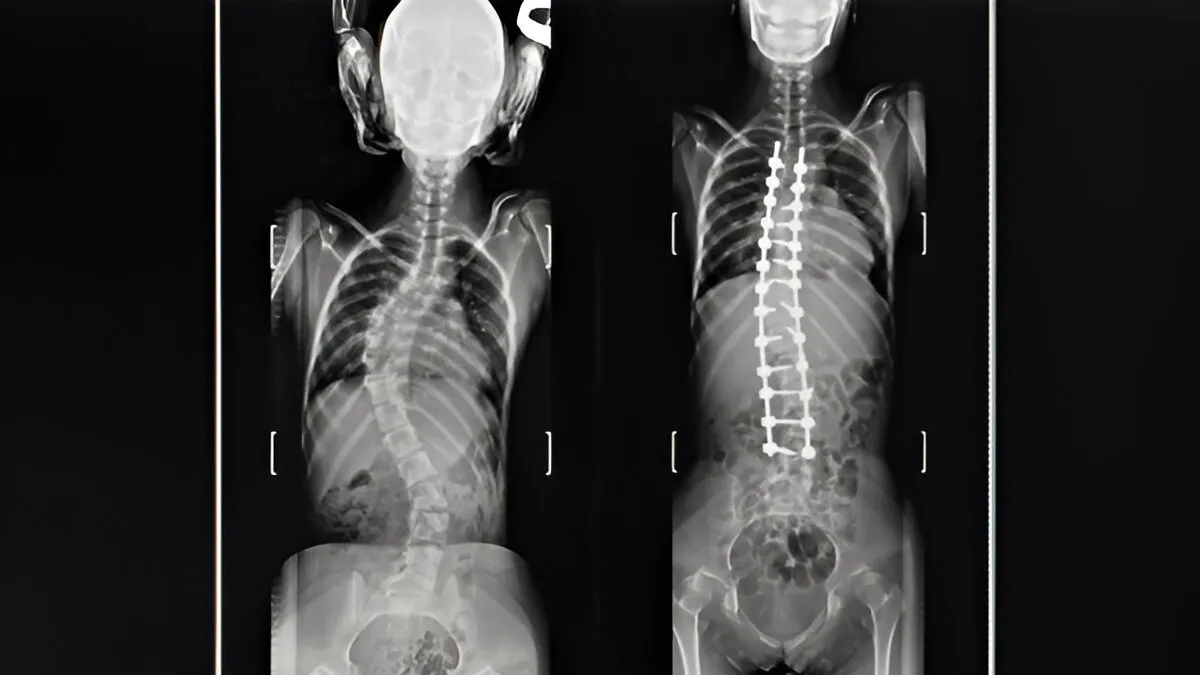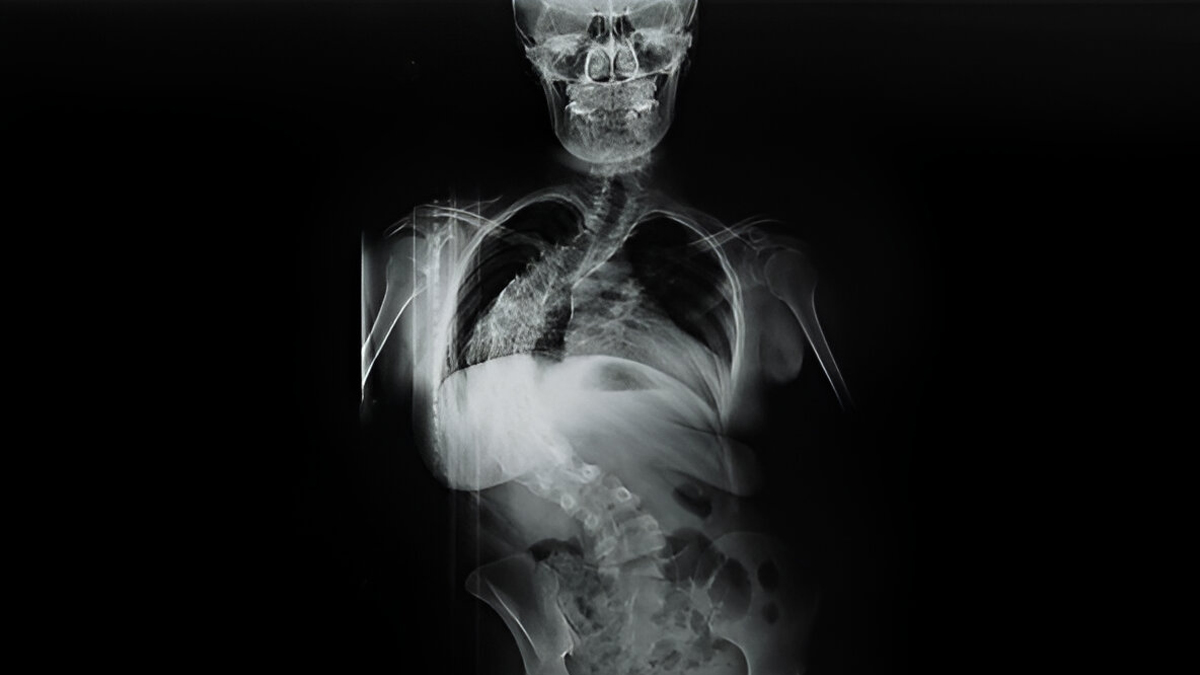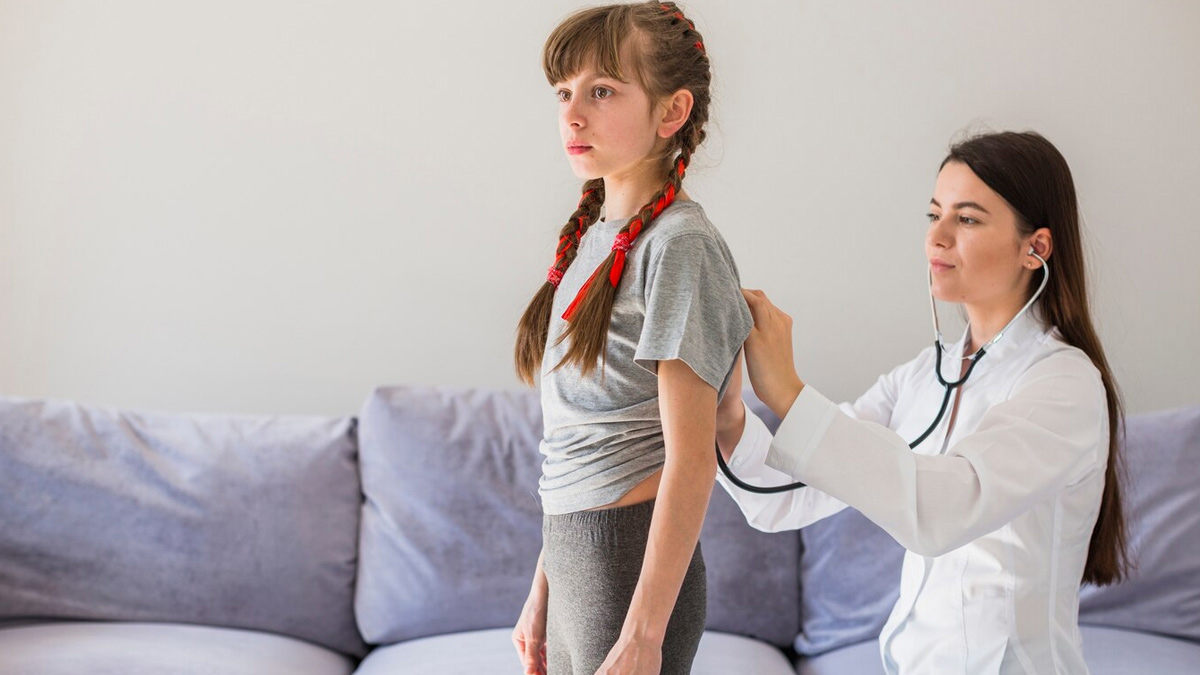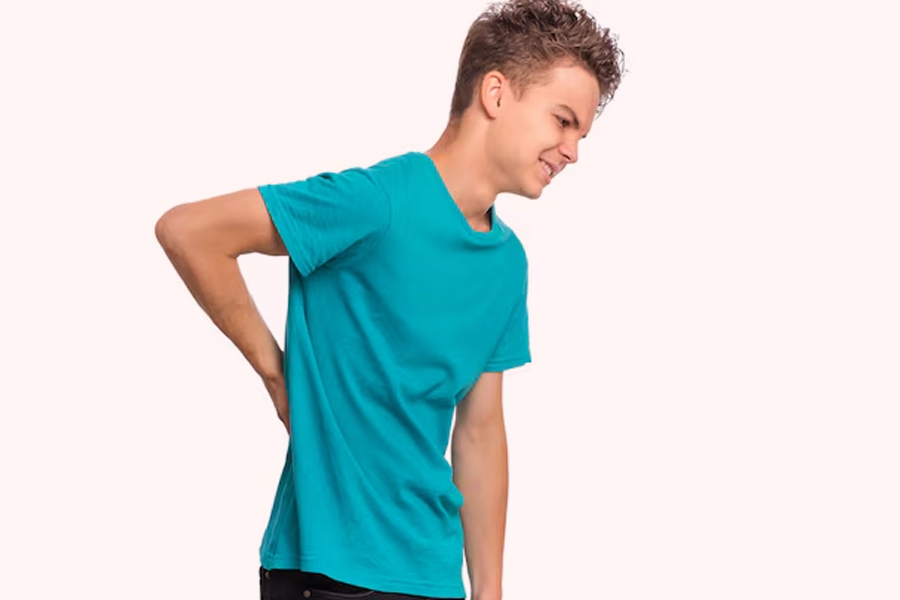
It’s not unusual for children to complain about back pain or posture-related issues during their teenage years. In fact, it becomes more common when they start to grow rapidly. But when a child’s spine starts to curve abnormally to the side, it may be a sign of adolescent idiopathic scoliosis, a condition that typically appears between the ages of 10 and 18.
Table of Content:-
In an interaction with the OnlyMyHealth team, Dr Akshay Hari, Consultant – Neurosurgery and Spine Surgery, Aster CMI Hospital, Bengaluru, sheds light on the condition, diagnosis, and treatment options.
What Is Adolescent Idiopathic Scoliosis?

Adolescent idiopathic scoliosis is a spinal condition in which the spine curves sideways in an "S" or "C" shape, and the cause remains unknown—hence the term "idiopathic".
According to Dr Akshay Hari, Consultant – Neurosurgery and Spine Surgery, Aster CMI Hospital, Bengaluru, AIS usually shows up during the teenage years, especially when kids go through growth spurts. It may be linked to genetics, muscle imbalance, or how the body grows.
During puberty, the body grows quickly, and if the spine is slightly off-balance, it may curve more as the bones grow.
According to StatPearls Publishing, AIS affects around 1% to 3% of children, with girls being more commonly affected than boys. Interestingly, the spinal curve in AIS often bends to the right side.
For a diagnosis of scoliosis, the spinal curvature must measure at least 10 degrees on an X-ray taken from the front (coronal plane). While most cases are mild, only about 0.1% of children develop more severe curves—over 40 degrees—which are more likely to require surgery. Recognising and monitoring the condition early can help prevent it from progressing to the point where invasive treatment becomes necessary.
Why Is Adolescent Idiopathic Scoliosis More Common In Growing Children?

During adolescence, the body grows quickly, and the spine is no exception. Even a slight imbalance can become more pronounced as the bones lengthen. That’s why a small curve in the spine can turn into a noticeable one in a short span of time. What makes it tricky is that adolescent idiopathic scoliosis usually doesn’t cause pain or discomfort early on, so it often goes undetected unless routine check-ups are done.
As Dr Hari puts it, “If the spine is slightly off-balance, it may curve more as the bones grow,” highlighting the importance of staying alert during growth spurts.
Also Read: Is Your Child’s Backpack Too Heavy? Risk Of Scoliosis, Signs And Solutions For Better Posture
How Is Adolescent Idiopathic Scoliosis Diagnosed?
The condition is usually diagnosed through a physical exam followed by imaging tests. “Doctors usually start by looking at the child’s back and posture. They may ask the child to bend forward to see if one side of the ribs sticks out more; this is called the Adam’s Forward Bend Test,” says Dr Hari. “If scoliosis is suspected, an X-ray is taken to see the spine clearly. The curve of the spine is measured using something called the Cobb angle. If the angle is more than 10 degrees, it’s considered scoliosis. This helps doctors decide how serious the curve is and what kind of treatment is needed. Early diagnosis means better chances of managing the condition well.”
Treatment Options

Not every child with scoliosis needs medical treatment. “In many children, the curve is small and doesn’t get worse, so doctors just monitor it with regular check-ups,” says Dr Hari.
Here’s how treatment is typically approached:
- Observation: For mild curves, especially in children nearing the end of growth.
- Bracing: Recommended for moderate curves in children still growing. It helps prevent worsening.
- Surgery: Reserved for severe cases (usually curves over 45-50 degrees) or those worsening quickly. The most common surgical option is spinal fusion.
Each case is unique, and the choice depends on the child's age, growth stage, and severity of the curve.
Conclusion
Adolescent idiopathic scoliosis might sound intimidating, but with early detection and the right approach, most children live active and healthy lives. Watching for early signs, going for regular check-ups during growth years, and staying informed can make all the difference. With options ranging from observation and physiotherapy to bracing or surgery, treatment is possible and more accessible. As always, consult a specialist if you notice any changes in your child’s posture or appearance.
Also watch this video
How we keep this article up to date:
We work with experts and keep a close eye on the latest in health and wellness. Whenever there is a new research or helpful information, we update our articles with accurate and useful advice.
Current Version